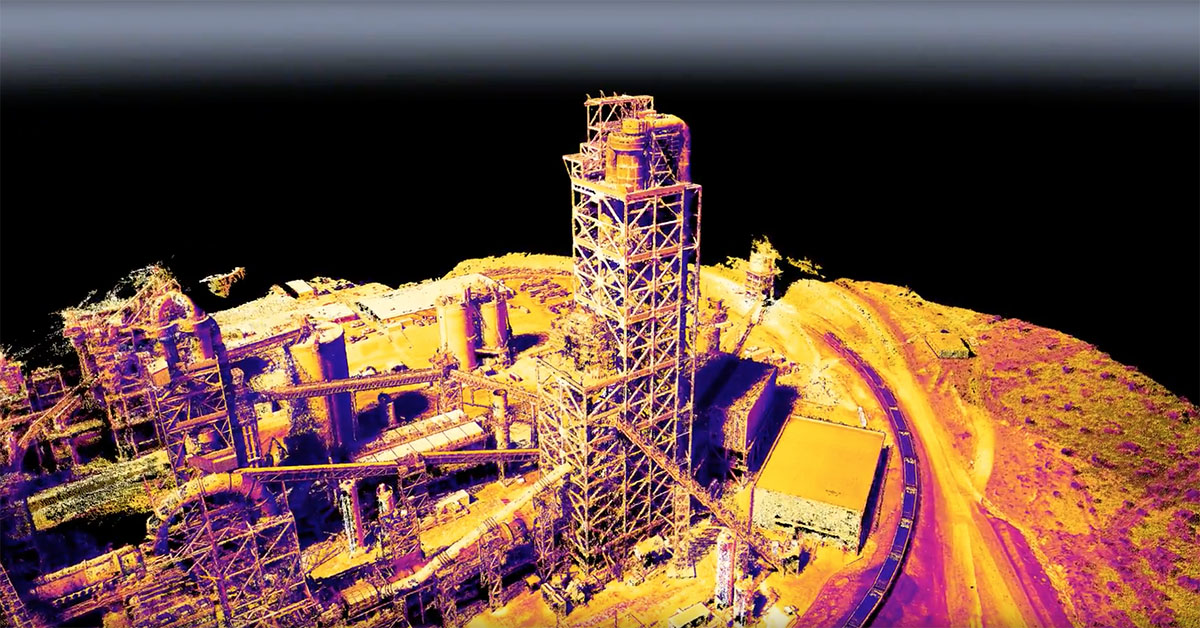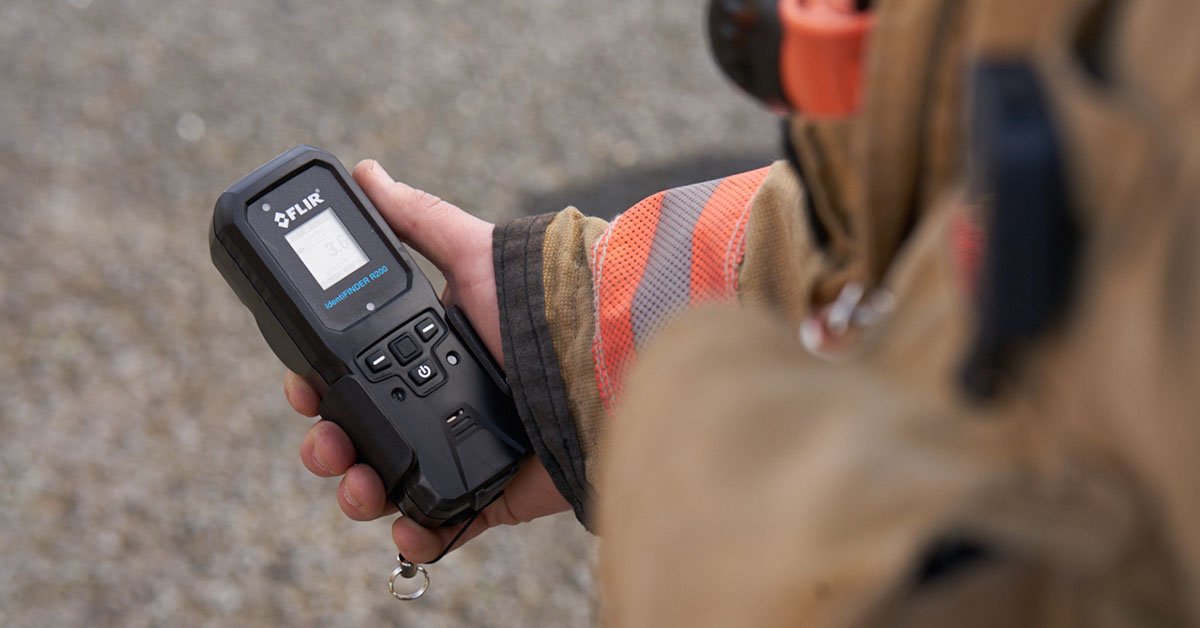Key differences between USB 2.0 and USB 3.1 cameras
Last Revision Date: 7/9/2014
This article highlights some of the key operational differences between USB 2.0 and USB 3.1 cameras.
The Universal Serial Bus (USB) 3.0 standard improves on one of the most well-established and popular serial interfaces in use. With a significant bandwidth increase from 480 Mbit/s to 5 Gbit/s (400 MB/s), USB 3.1 offers improved signalling, bulk transfers, more efficient power management and increased power delivery.
Users interested in upgrading from a Chameleon or Firefly MV USB 2.0 camera to a Flea3 USB 3.1 camera can look forward to a number of performance improvements offered by the USB 3.1 specification.
Bandwidth and frame rate: The significant increase in USB 3.1 bandwidth over USB 2.0 allows for greatly improved frame rates at maximum resolutions. For example, a 1.3 MP Chameleon can output 1280x960 Raw8 images at 18 FPS across the USB 2.0 bus, while the Flea3 on the USB 3.1 bus can output the same sized image at 120 FPS.
Some additional considerations:
-
- Some USB 3.1 interface cards currently available are built on PCIe 1.0 architecture, and cannot exceed 180 MB per second. The PCIe 2.0 interface can transfer just under 400 MB per second. Refer to "Recommended USB 3.1 System Components" for more information.
- USB 3.1 cameras can connect to USB 2.0 ports, but operate at USB 2.0 speeds.
Power delivery: USB 3.1 also provides more efficient power management and increased power delivery over USB 2.0. The amount of current draw for USB 3.1 devices operating in SuperSpeed mode is now 900 mA, resulting in an increase in total power delivery from 2.5 W to 4.5 W (at 5 V). Our USB 2.0 and USB 3.1 cameras both require approximately 5 V of power, which can be provided through the USB interface, or the GPIO. Refer to your USB 3.1 camera's Technical Reference Manual for information on power requirements.
Cable Length: The standard maximum cable length is 5 meters for USB 2.0 devices. The USB 3.1 standard does not specify a standard length; however, we have not tested cables longer than 4.5 meters on USB 3.1 devices. The maximum distance currently supported is 3 meters. See "Extending the Working Distance of USB 3.1 Cameras" for information about extending distances between USB devices and host systems.
Timestamp: Unlike USB 2.0 cameras, which can range in accuracy from within 0 to 125 us, the timestamp originating from USB 3.1 cameras is more precise, and mimics the accuracy of the 1394 cycle timer of FireWire cameras.
PHY register and Network Topology: It is possible to view the network topology of USB 3.1 cameras on the bus. However, PHY node information is not available. USB 2.0 cameras do not provide an interface for viewing either topology or PHY node information.


